With gas prices soaring to record highs, a vehicle powered by the sun could eventually be quite appealing.
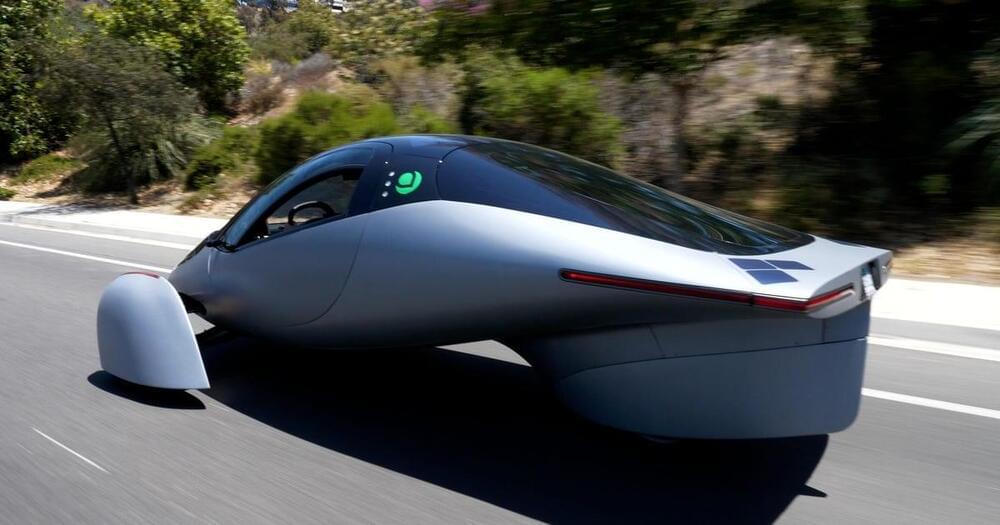

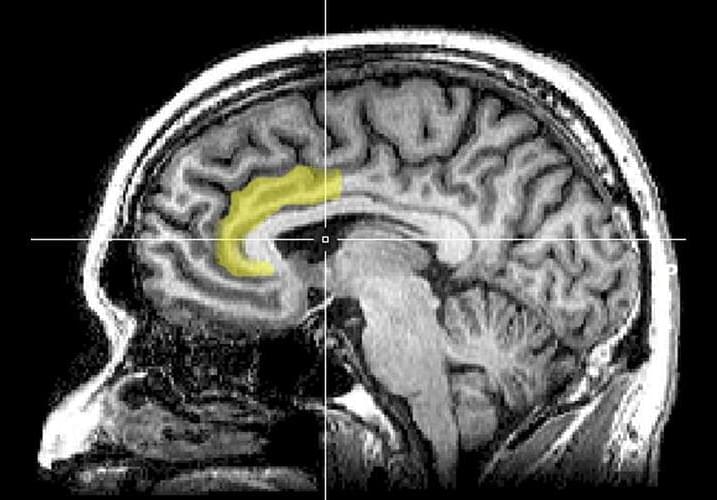
A new study has identified neuroplastic changes in brain structure that accompany attention bias modification training in highly anxious individuals. The findings, which appear in the journal Biological Psychology, shed light on the mechanisms underlying the efficacy of the treatment.
Research has demonstrated that the brain prioritizes threating information over non-threatening information. But in highly anxious individuals, this attentional bias can become exaggerated and detrimental. The authors of the new study sought to better understand the changes in brain structure that result from attention bias modification, an intervention that seeks to systematically train attention away from threatening stimuli and toward neutral stimuli.
“Our lab has had a longstanding interest in understanding the behavioral and neural mechanisms of affective attention and attentional bias to affective information,” said study authors Josh Carlson and Lin Fang of the Cognitive x Affective Behavior & Integrated Neuroscience (CABIN) Lab at Northern Michigan University.

Research that was recently published in Scientific Reports presents the first human genome that has been successfully sequenced from a person who passed away in Pompeii, Italy, after Mount Vesuvius’ explosion in the year 79 CE. Only little segments of mitochondrial DNA
DNA, or deoxyribonucleic acid, is a molecule composed of two long strands of nucleotides that coil around each other to form a double helix. It is the hereditary material in humans and almost all other organisms that carries genetic instructions for development, functioning, growth, and reproduction. Nearly every cell in a person’s body has the same DNA. Most DNA is located in the cell nucleus (where it is called nuclear DNA), but a small amount of DNA can also be found in the mitochondria (where it is called mitochondrial DNA or mtDNA).
Pathfinder brought the first rover to the Martian surface. The mission paved the way for Spirit, Opportunity, Curiosity, and Perseverance.

In the 2016 sci-fi movie “Arrival,” a linguist and a theoretical physicist race against time to communicate with endangered extraterrestrial heptapods wishing to share their wisdom and technologies with the human race so it will survive and one day return the favor.
At the University of California, Berkeley, a real and more down-to-earth mission to decode an unknown form of communication is underway. Linguist Gasper Begus and computer scientist Shafi Goldwasser are part of an international team of researchers attempting interspecies communication with sperm whales by deciphering their deafening, 200-plus decibel clicking sounds, or codas.
They are among the key members of the Cetacean Translation Initiative (CETI), a newly launched, five-year multidisciplinary project aimed at cracking sperm whales’ Morse code-like communications off the Caribbean island of Dominica, to gain a deeper knowledge of the ocean’s brainiest predators and to preserve their habitat from further human disruption.
A team of researchers from IBM Research Europe, Universidade de Santiago de Compostela and the University of Regensburg has changed the bonds between the atoms in a single molecule for the first time. In their paper published in the journal Science, the group describes their method and possible uses for it. Igor Alabugin and Chaowei Hu, have published a Perspective piece in the same journal issue outlining the work done by the team.
The current method for creating complex molecules or molecular devices, as Alagugin and Chaowei note, is generally quite challenging—they liken it to dumping a box of Legos in a washing machine and hoping that some useful connections are made. In this new effort, the research team has made such work considerably easier by using a scanning tunneling microscope (STM) to break the bonds in a molecule and then to customize the molecule by creating new bonds—a chemistry first.
The work by the team involved placing a sample material into a scanning tunneling microscope and then using a very tiny amount of electricity to break specific bonds. More specifically, they began by pulling four chlorine atoms from the core of a tetracyclic to use as their starting molecule. They then moved the tip of the STM to a C-CI bond and then broke the bond with a jolt of electricity. Doing so to the other C-CI and C-C pairs resulted in the formation of a diradical, which left six electrons free for use in forming other bonds. In one test of creating a new molecule, the team then used the free electrons (and a dose of high voltage) to form diagonal C-C bonds, resulting in the creation of a bent alkyne. In another example, they applied a dose of low voltage to create a cyclobutadiene ring.

At the heart of every resonator—be it a cello, a gravitational wave detector, or the antenna in your cell phone—there is a beautiful bit of mathematics that has been heretofore unacknowledged.
Yale physicists Jack Harris and Nicholas Read know this because they started finding knots in their data.
In a new study in the journal Nature, Harris, Read, and their co-authors describe a previously unknown characteristic of resonators. A resonator is any object that vibrates only at a specific set of frequencies. They are ubiquitous in sensors, electronics, musical instruments, and other devices, where they are used to produce, amplify, or detect vibrations at specific frequencies.
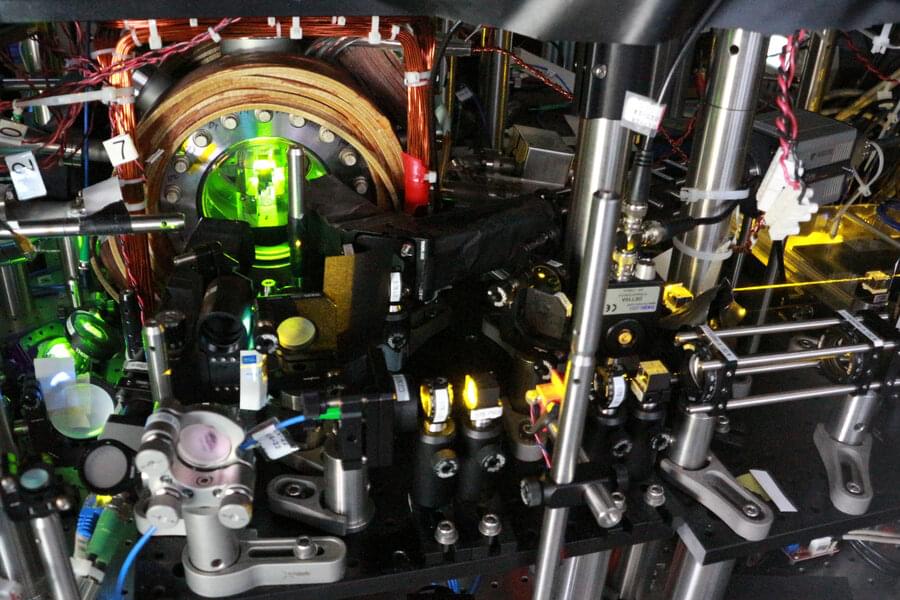
The quantum vibrations in atoms hold a miniature world of information. If scientists can accurately measure these atomic oscillations, and how they evolve over time, they can hone the precision of atomic clocks as well as quantum sensors, which are systems of atoms whose fluctuations can indicate the presence of dark matter, a passing gravitational wave, or even new, unexpected phenomena.
A major hurdle in the path toward better quantum measurements is noise from the classical world, which can easily overwhelm subtle atomic vibrations, making any changes to those vibrations devilishly hard to detect.
Now, MIT physicists have shown they can significantly amplify quantum changes in atomic vibrations, by putting the particles through two key processes: quantum entanglement and time reversal.
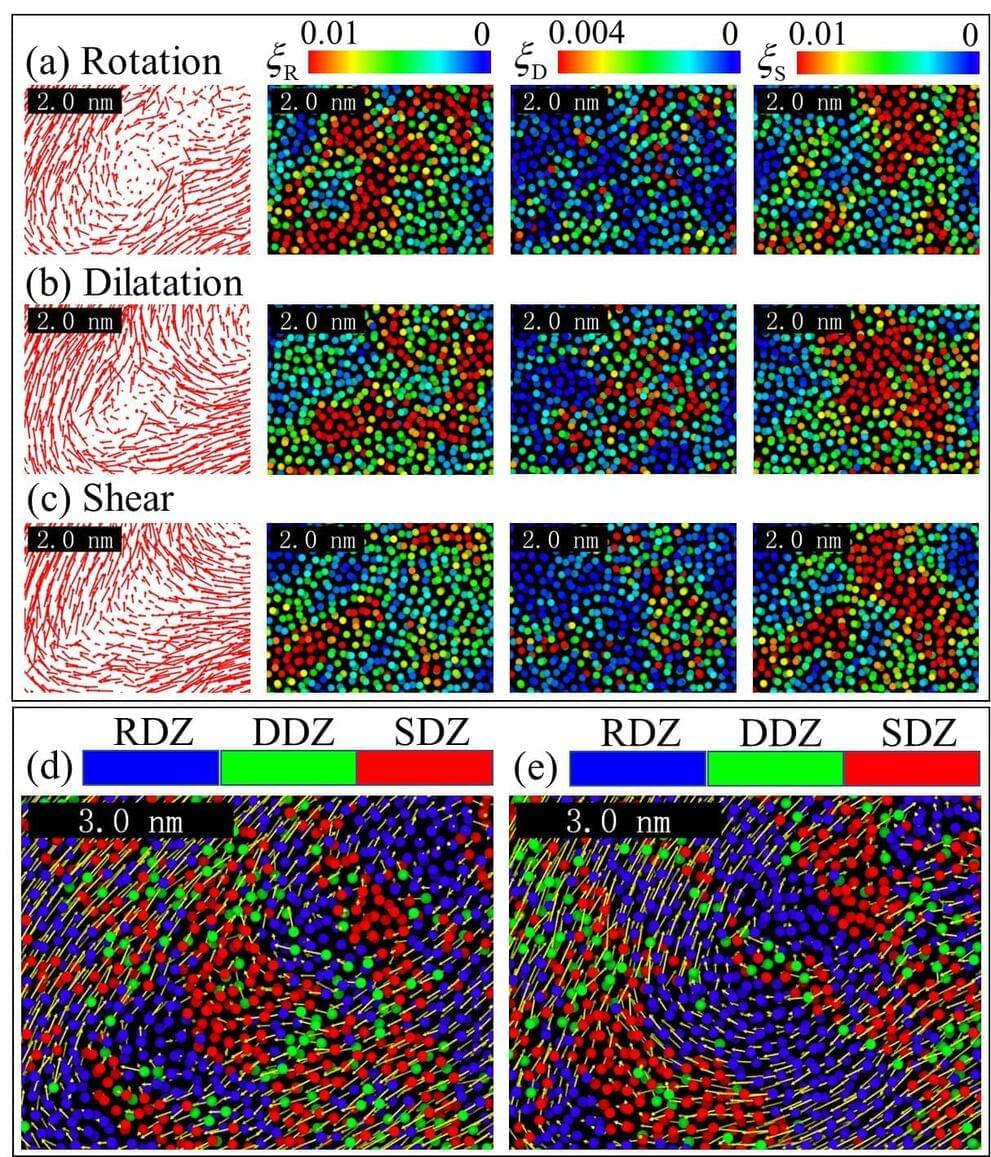
The precise understanding of shear banding emergence in amorphous solids is still a mystery, due to the intrinsic entangling of three elementary local atomic motions: shear, dilatation and rotation.
Recently, researchers from the Institute of Mechanics of the Chinese Academy of Sciences (IMCAS) have unveiled the spatiotemporal sequence of shear band in amorphous solids through decoupling and quantitatively characterizing the highly entangled shear, dilatation and rotation flow units.
The results were published in Physical Review Research.
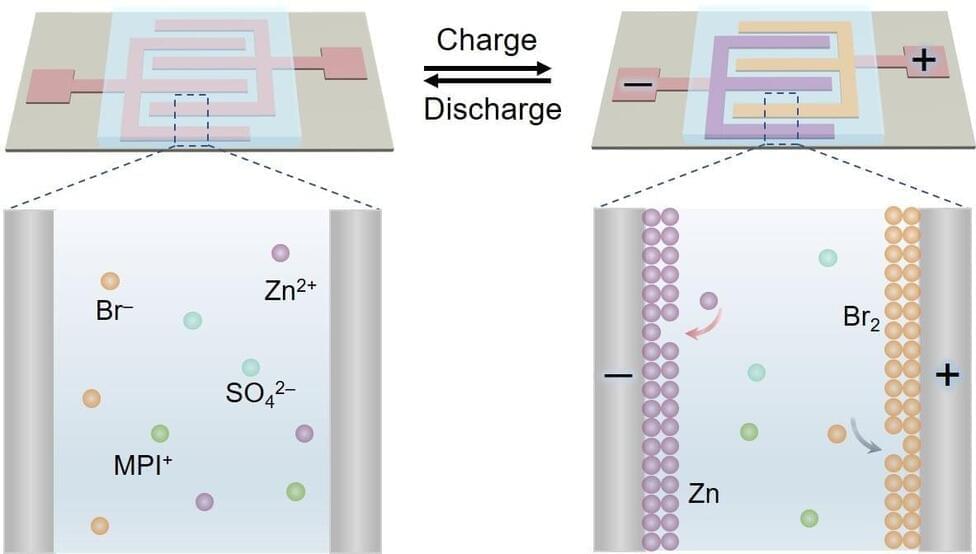
High-performance, micro-sized electrochemical energy storage devices are essential for future miniaturized electronic devices, such as smart medical implants, wireless sensors, and the Internet of Things. Microbatteries (MBs) typically show higher energy density and more stable voltage output than micro-supercapacitors.
However, current MBs involve tedious construction procedures and unsatisfactory electrochemical performance. In addition, no methods exist to construct or manipulate a liquid microelectrode.
A joint research team led by Prof. Qu Liangti from Tsinghua University, Prof. Zhang Zhipan from the Beijing Institute of Technology, and Prof. Liu Feng from the Institute of Mechanics of the Chinese Academy of Sciences (IMCAS) recently proposed a dual-plating strategy to rapidly construct new zinc–bromine microbatteries (Zn–Br2 MBs) with ultrahigh areal energy density and polarity-switchable functionality.